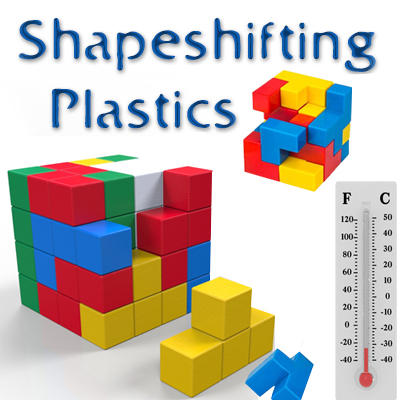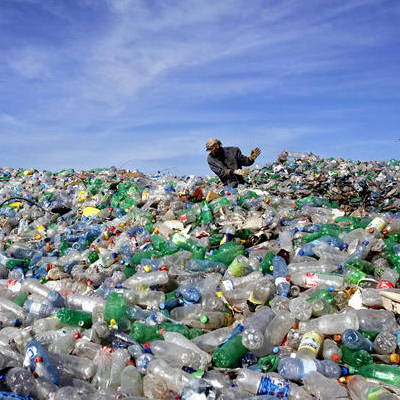Fire Proof Plastics

Great destructions took place from fire and to create material resistance towards fire scientists worked on creating retardants in several ways. During Roman times itself chemical flame retardants were used to prevent siege towers from catching fire. While, British Patent 551 was taken by Obadiah Wilde in the year 1735 to flame retard canvas for use in theatres and public buildings was the first patent on a flame retardant. The use of flammable materials such as plastics in electrical equipment or synthetic fibers in sofas and curtains increased and led to the wider use of flame retardants during 1970’s to increase its fire resistance. Though the focus on retardants in plastics started long back, now the wide usage and application of plastics in different and extreme conditions made the industry to drive their focus on retardants.
In plastics arena, brominated flame retardants (BFR’s) were first used in cellulose nitrate which is extremely inflammable. So, BFR’s are routinely been added to consumer products for several decades in a successful effort to reduce fire-related injury and property damage. The traditional materials were replaced with plastics in industrial equipment, appliances and furniture industries and are now greatly supported and contributed by flame retardants in reducing the risk of fires providing safety. While the cost involved in adapting these materials is an important issue, as Halogenfree flame retardants are expensive.
Halogen free chemistries availability and the development of commercial solutions is moving quickly. They cover a diverse range of chemicals which are commonly classified in to three categories.
- » Inorganic, that have metal hydroxides like aluminium hydroxide, magnesium hydroxide and other compounds like zinc borate.
- » Phosphorus based flame retardants make up with organic and inorganic phosphates, phosphonates, phosphinates and red phosphorus. This covers a wide range of phosphorus compounds with different oxidation states.
- » Nitrogen based flame retardants are usually based on melamine and melamine derivatives, that are often used in combination with phosphorus based flame retardants.
Plastic Products and their Fireproof Performance
The demand and focus on plastics has increased drastically after the technology shift with flame retardant additives in the industry. Flame retardants like bromine, chlorine, phosphorous, aluminium, magnesium, sulphur and nitrogen are effective by a variety of different mechanisms that includes preventing a material catching fire, slowing or extinguishing burning and protecting materials from heat.
Sony has come up with a flame-retardant recycled plastic material and a proprietary sulphur-based flame-retardant (SoRPlas). This SoRPlas is used in the bezel face of a series of BRAVIA LCD TVs launched in March 2011. As flame retardants are also recognized for their CO2 emissions, Sony anticipated that their SoRPlas will be able to reduce CO2 emissions during the plastic manufacturing process by around 80% compared with earlier products made using virgin plastic and conventional flame-retardants. The same SoRPlas can convert PC resins into flame-retardant PC resins using less than one-tenth of the amount of additive required with conventional phosphorus-based and bromine-based flame-retardants. The flame-retardant acts as a catalyst speeding up PC resin decomposition when applied fire and further a non-flammable gas carbon dioxide, is also emitted for further suppressing combustion.
Plastics Color Corporation’s (PCC) Solutions Center has discovered FlamaSol FR a proprietary formulation of fire retardant compounds, which is ideal in construction materials - electrical conduit, junction boxes, switch boxes; warehouse products - shelving & pallets; personal electronic equipment - computers, printers & televisions and other applications where extreme heat may cause ignition. PCC’s FlamaSol FR surpasses testing standards of UL 94 and ANSI 4996 for plastic pallets and performs better than its previous flame retardant systems like FlamaSol FR PP that is appropriate for use in injection molding, extrusion & blow molding applications.
Clariant Additives also gave out non-halogenated flame retardants based on phosphorus chemistry that gives environmentally compatible protection for buildings, electric and electronic equipment, textiles and other materials used in aeroplanes, trains, busses and ships.
Phosphorus, Inorganic and Nitrogen Flame Retardants Association (Pinfa) has conducted very wide research on flame retardants and assisted many manufacturers that are focused on this issue. Initially zinc compounds were developed as smoke suppressants for Polyvinyl chloride (PVC) (Zinc hydroxystannate) and later it was found that they also act as flame retardants in certain plastics mainly by promoting char formation.
Polymers nanocomposites with significant mechanical properties and electrical conductivity are also carbon based nanoadditives that provides another interesting class of nanoparticle to be examined as flame retardant additives.
The flame retardants have become a class of chemicals that received and will receive more and more scientific and public attention. However, the drawbacks in the flame retardants make it tough to get through the regulations, because the aim of regulations is that electronic waste shall be properly recovered and recycled and new equipment shall not contain problematic substances. Under RoHS, certain brominated flame retardants are no longer allowed in new electronic equipment since July 2006. Experts and regulators decision on this is to put efforts to search for alternatives to brominated flame retardants that persist in the environment. Flame retardant plastics are essential to devices we use every day as a valuable tool in fire prevention irrespective of the material and standards limitations.



